Indoor cycling vs spinning: What are the differences?
Explaining two different types of indoor cycling, and why they draw such different crowds
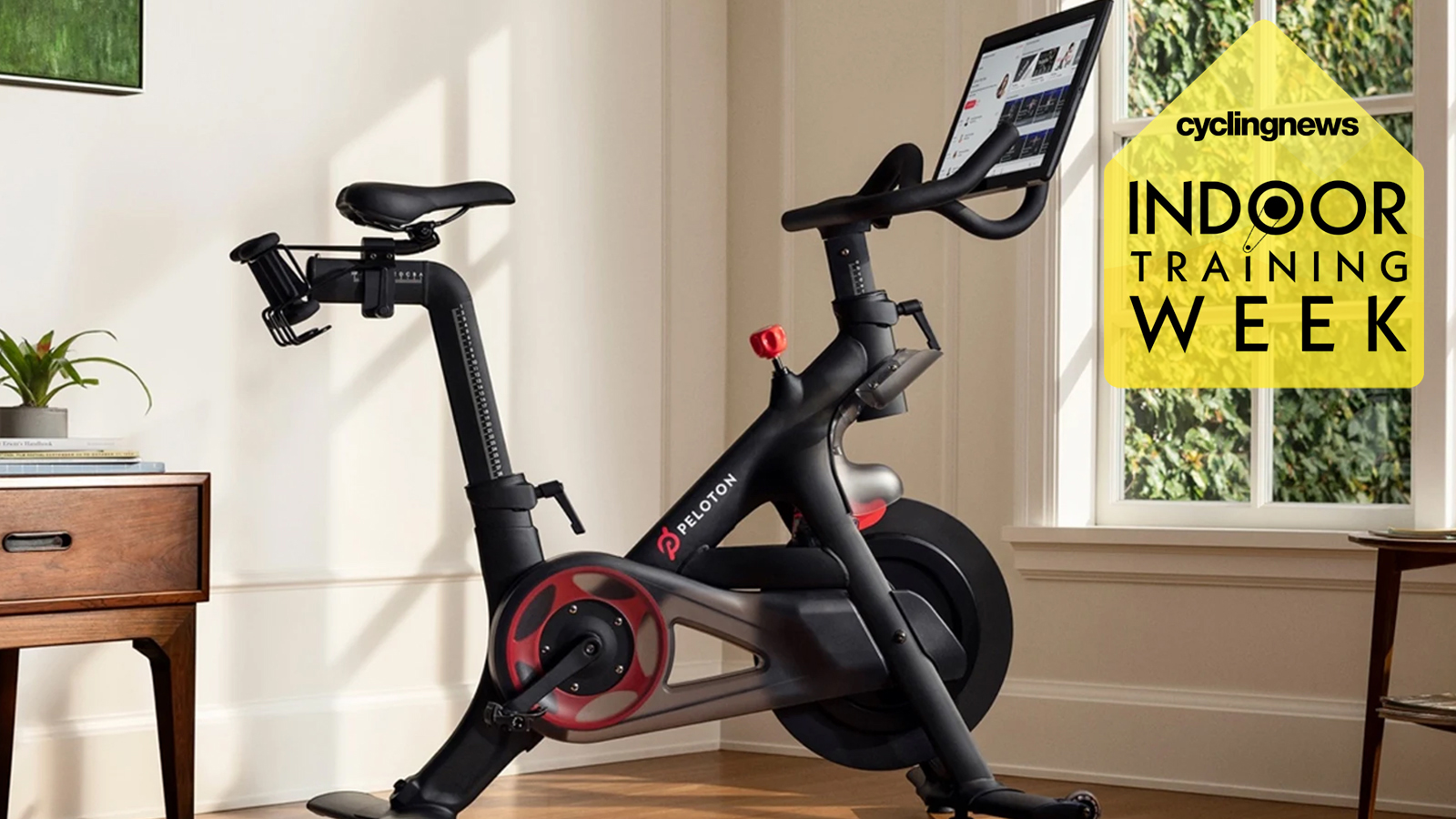
It is rare that the two worlds of indoor cycling collide: indoor cycling and Spinning. Spinning is actually a registered trademark, referring to the “unique fitness products and programs offered by Mad Dogg Athletics, Inc.” John Baudhuin and Jonny "Johnny G" Goldberg first introduced the world to group indoor cycling, or spin classes, in 1991. Spinning can also be described as group indoor cycling workouts, usually done in a large studio. For the purposes of this article, we will refer to this type of spinning, spin classes, and indoor group cycling as exactly that.
Indoor cycling, on the other hand, is a more general term that refers to riding a stationary bike on an indoor trainer. We’ll dive into the differences between indoor cycling and Spinning later in this article, but first, let’s look at what each of them is.
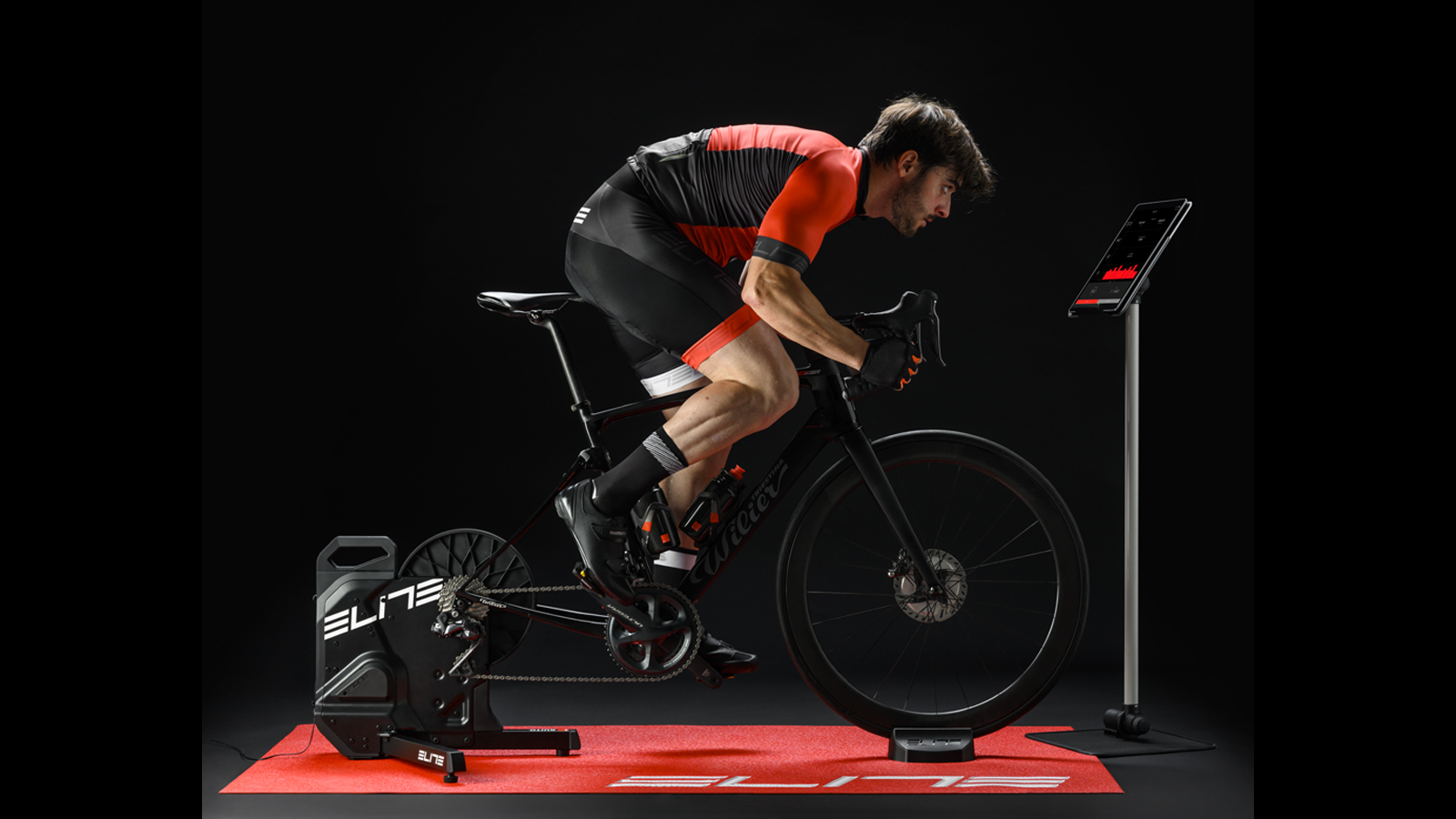
What is indoor cycling?
Indoor cycling most often refers to indoor bike training in which you ride an outdoor bike attached to one of the best smart trainers. These can be direct-drive smart trainers, wheel-on trainers, rollers, or even one of the best exercise bikes. With the exception of the latter, you can detach your bike from the trainer and ride it outside. Sometimes you’ll need to replace the rear wheel in the case of direct-drive trainers, but other than that, the bike that you ride on the stationary trainer is the same bike that you ride outside.
Contrary to Spin classes, indoor cycling is more often a solo and at-home activity. Usually a designated area (often lovingly called the 'pain cave'), like the garage, or the spare bedroom, is where you’ll find thousands of cyclists’ indoor cycling setups.
Indoor cycling is most often done on third-party apps such as Zwift, Wahoo SYSTM, or TrainerRoad. By using Bluetooth Smart or ANT+, you can wirelessly connect your indoor trainer with the app, and start riding in the virtual world. Many of these third-party apps have colourful maps, climbs, and worlds to choose from, as well as other riders and their avatars. You can also complete ERG mode workouts on most indoor cycling apps, and some even have the capabilities for group rides and racing.
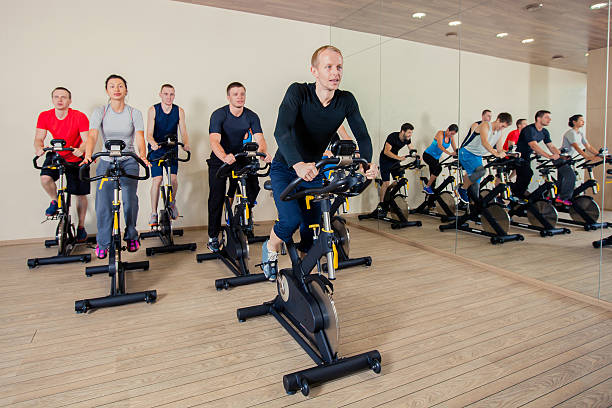
What is Spinning?
Spinning refers to studio cycling classes on a certain type of stationary exercise bike. These bikes are big and heavy, they're not meant to be moved out of the studio or your at-home pain cave, and they're not capable of outdoor riding. Spinning or Spin classes are group exercise classes focused on resistance-based intervals, heart rate training, and sometimes getting a full-body workout. The in-person instructor at the head of the class will lead you through each interval while riding along with you.
Spin classes are designed to be as motivational and engaging as they are effective. Though you won’t have a virtual map or much of a screen to look at, it’s the instructor and your classmates that will keep you motivated and pedalling. You will find high-energy music blasting throughout many Spin classes, and an extroverted instructor who helps push you to your limit.
Get The Leadout Newsletter
The latest race content, interviews, features, reviews and expert buying guides, direct to your inbox!
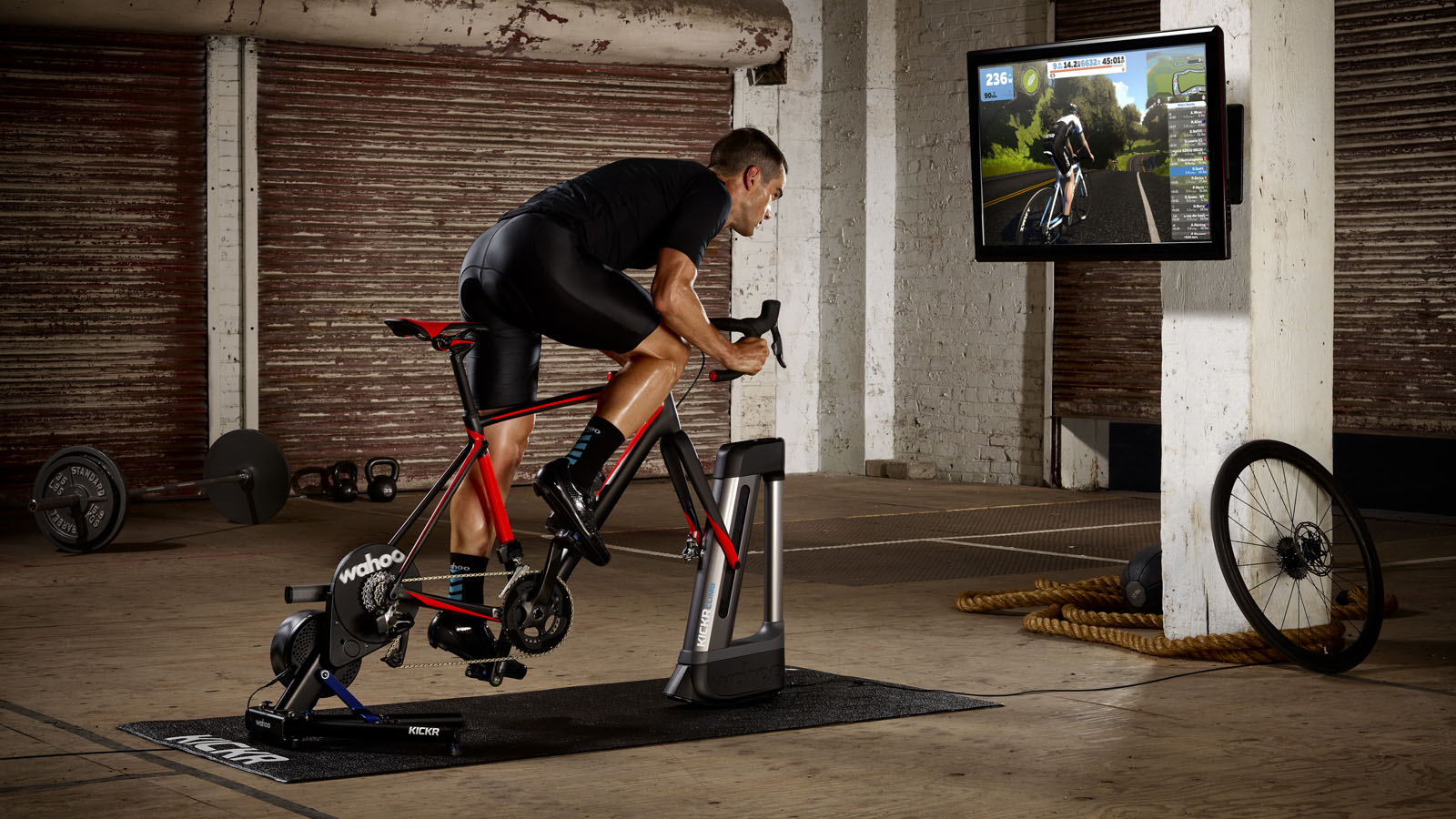
Why indoor cycling is better than Spinning
Indoor cycling is designed to bring bike training into the comfort of your home. By attaching your own bike to the stationary trainer, you are essentially bringing the real-life riding experience into your pain cave, and pedalling just like you would outside. Advances in indoor cycling technology have made the user experience better than ever – quiet, direct-drive smart trainers with large flywheels are incredibly smooth and carry an amount of momentum that is nearly identical to what you feel while riding outside.
Once you connect your indoor bike trainer to a third-party training app, you have access to a whole new world of indoor cycling that includes ERG mode workouts, group rides, user customisation, and virtual racing. Most apps are power-based, while others use speed and cadence sensors to match your real-life performance to the virtual world. On apps such as Zwift or RGT Cycling, you can explore many different worlds and maps, and customise your avatar with unique kits, socks, bikes, and wheels.
Indoor cycling is perfect for specific interval training sessions, virtual exploration, and lung-busting races. Some apps feature more ‘gamifying’ aspects such as power-ups and unique physics models, which makes the virtual riding experience more than just pedalling alone. Serious cyclists looking to bring their training indoors will prefer indoor cycling because of its emphasis on power-based riding and training specificity, while others will prefer to ride socially in virtual group rides.
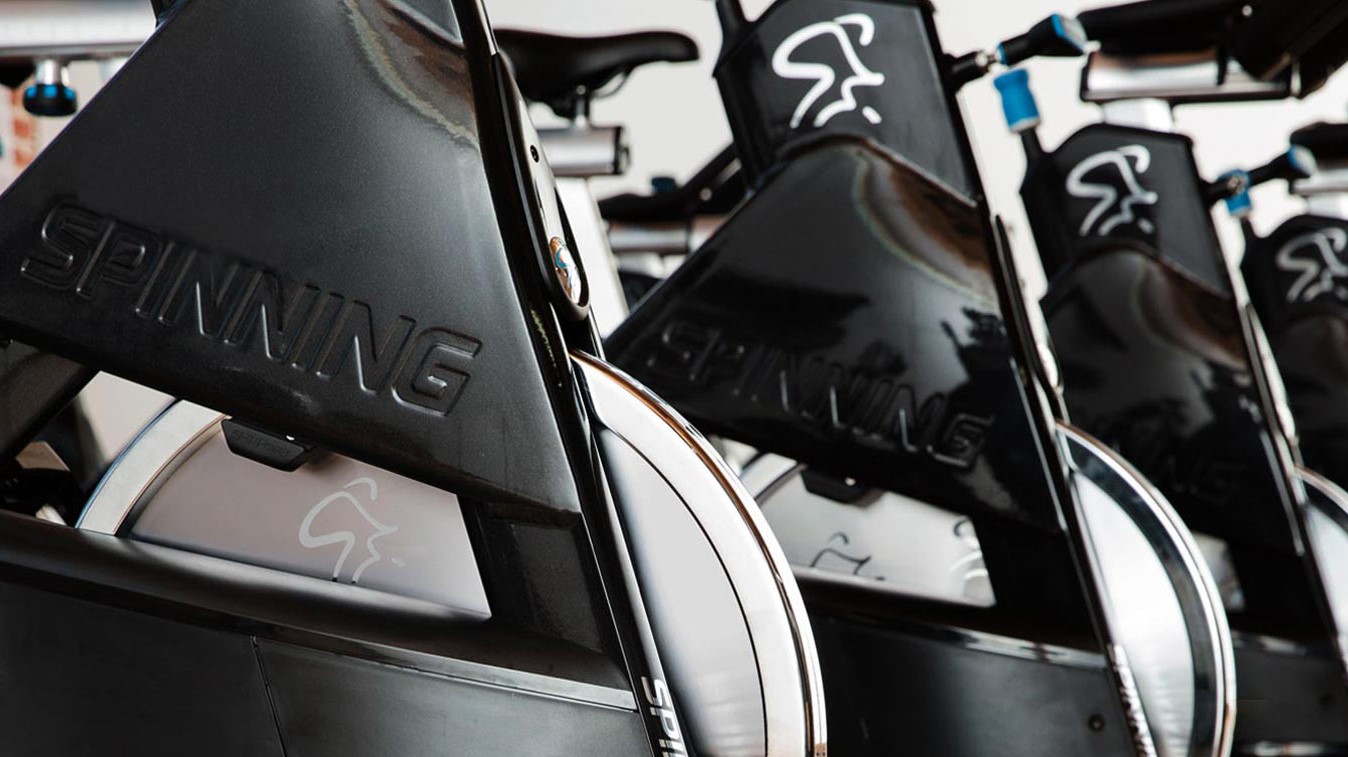
Why Spinning is better than indoor cycling
Spinning is much more about social interaction than indoor cycling is, which is exactly what many cyclists want. It can be incredibly motivating to have a group of people surrounding you while you’re all completing the same Spin workout. Having other riders in your class and the instructor leading you through it all can be both helpful and motivating. And if that weren’t enough, the music blasting in the background is often the perfect cycling music, and will keep the energy in the room up, especially during the toughest intervals.
Having an in-person instructor is incredibly valuable because they can keep you on track, motivated, and focused throughout the entire ride. With indoor cycling, it can be easy to zone out or give up mid-way through an interval. If you’re just riding on your own, there’s nothing at stake. But in the middle of a Spin class, surrounded by dozens of other students, with the class instructor telling “Don’t give up, we’re almost there!” it can be a lot easier to push your limits and get the most out of your training.
The Spin community is what separates it from the lonely and sometimes boring nature of indoor cycling. For an engaging and motivating high-intensity indoor workout, give Spinning a try.
How to choose
Indoor cycling and Spinning are focused on either the virtual or the real world. On an indoor bike trainer, you can connect to third-party apps and explore thousands of different roads, worlds, and workouts from the comfort of home. Spin classes emphasise the real-world aspects of community and cycling. The Spin instructor will help lead you through each and every interval, while also keeping you motivated along with the music pumping in the background.
Spinning is often preferred by beginner cyclists and those who value in-person community over structured workouts and virtual riding. The electronic capabilities of indoor cycling are mightily impressive, but they also miss out on the human aspect of cycling. The in-person instructor is the biggest difference between indoor cycling and Spinning. Do you want someone guiding you through your indoor training session, or would you rather do it on your own? Your answer will likely tell you which type of indoor riding you prefer.
Indoor cycling is usually the preference of those who ride in the real world too, as well as virtual racers, and perhaps even introverts. You won’t need to do any social interaction on Zwift or TrainerRoad, and you’ll have access to significantly harder and better-structured training compared to Spinning. Indoor cycling is mostly power-based, which you won’t find on most Spin bikes. Thus, for serious cyclists looking to get the most out of their indoor training, indoor cycling is the way to go.
Another underrated aspect of indoor cycling compared to Spinning is that your bike is tailored specifically to you. In traditional Spin classes, you will be riding a general indoor Spin bike that is used by many other people (they do clean them between classes, of course). The bikes come in different sizes, but they are also limited in their range of adjustability. In indoor cycling, you will be able to ride your very own bike, complete with the exact handlebars, saddle, reach, and position that you want.
Companies such as Peloton blur the line between indoor cycling and Spinning as they design at-home Spin bikes with online-based instructor-led classes. You’ll get many of the same convenience and comfort benefits on a Peloton Bike as you would from riding your own bike on the indoor trainer, but you won’t be able to take your Peloton Bike outside. Peloton is expensive, too, and much more limited than Zwift and RGT Cycling, for example.
In conclusion, both indoor cycling and Spinning have their benefits. The former is geared towards cycling enthusiasts who value virtual training and racing on their own bike. While the latter is more geared towards general cycling enthusiasts who love the community aspect of cycling and being guided through workouts.
Zach is a freelance writer, the head of ZNehr Coaching, and an elite-level rider in road, track, and e-racing. He writes about everything cycling-related, from buyer's guides to product reviews and feature articles to power analyses. After earning a Bachelor’s Degree in Exercise Science at Marian University-Indianapolis, Zach discovered a passion for writing that soon turned into a full-fledged career. In between articles, Zach spends his time working with endurance athletes of all abilities and ages at ZNehr Coaching. After entering the sport at age 17, Zach went on to have a wonderful road racing career that included winning the 2017 Collegiate National Time Trial Championships and a 9th place finish at the 2019 US Pro National Time Trial Championships. Nowadays, Zach spends most of his ride time indoors with NeXT eSport.